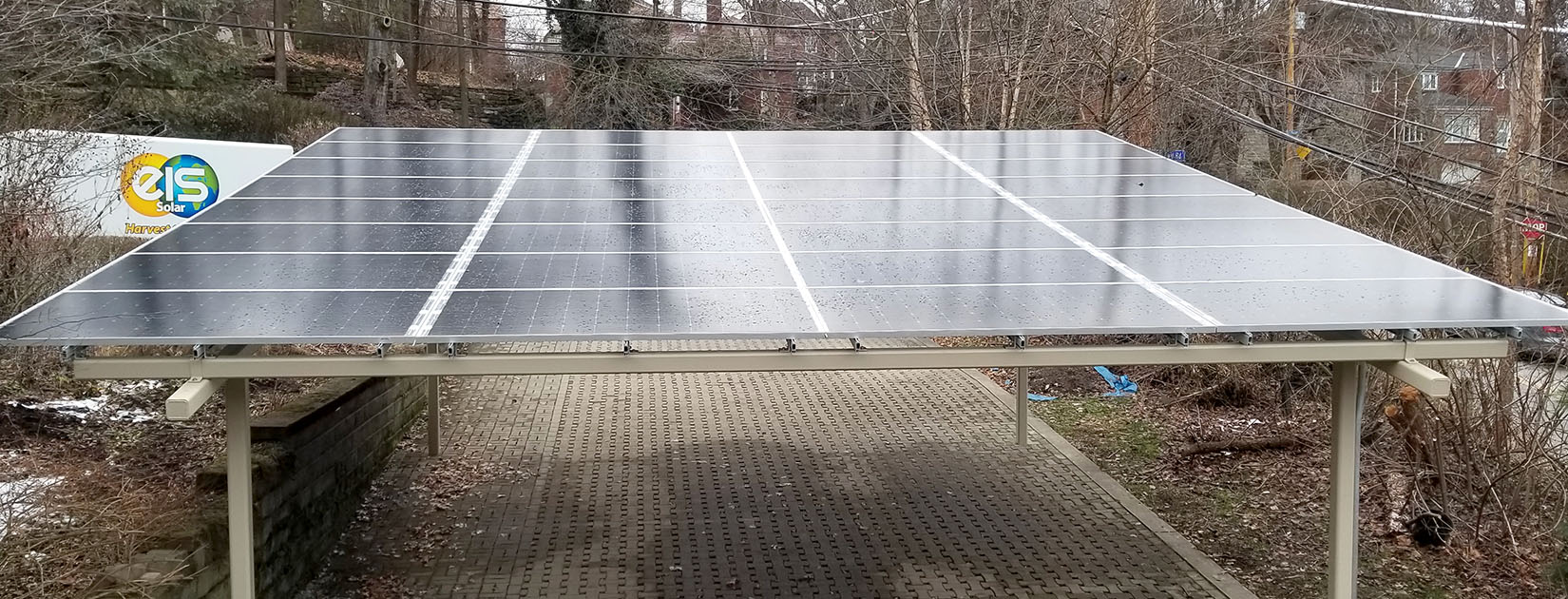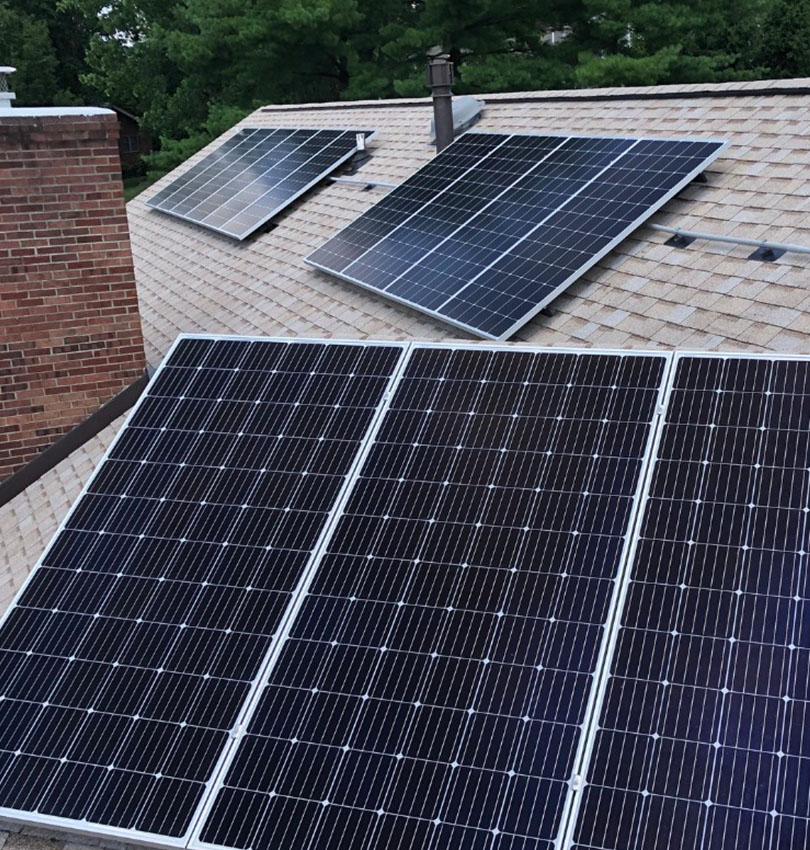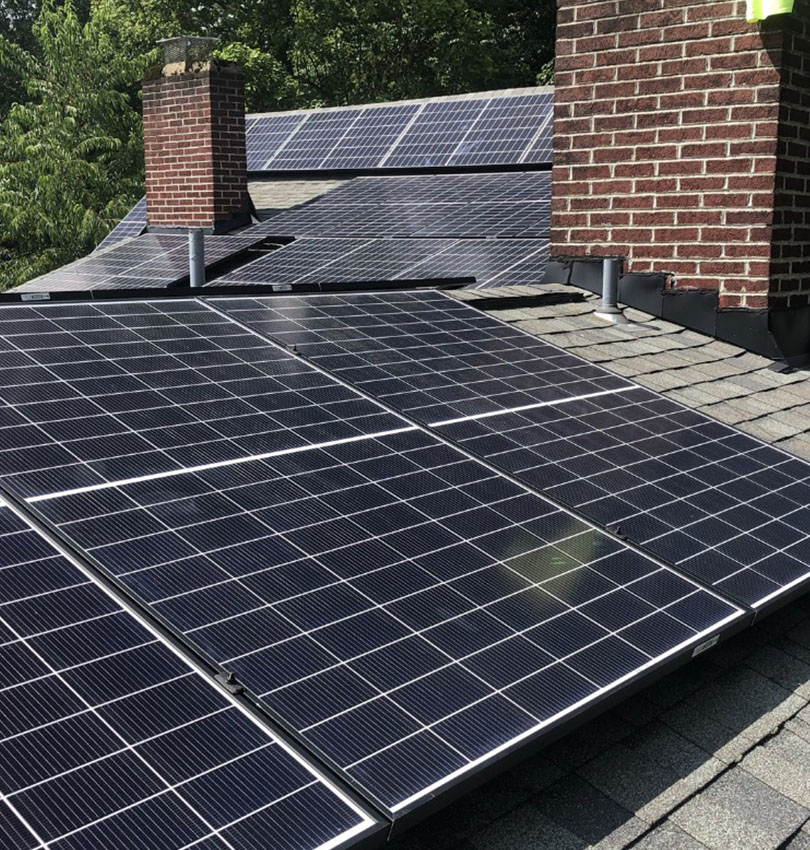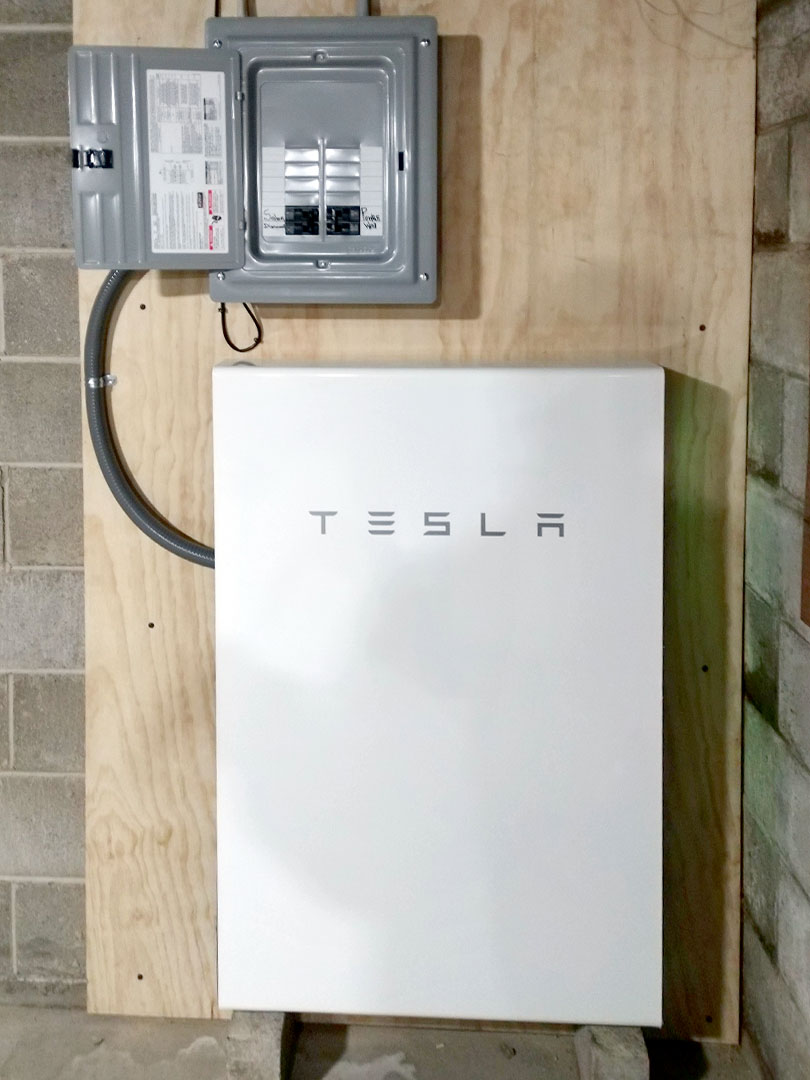
Solar Energy Pittsburgh FAQs
We educate our customers so you can decide if solar energy in Pittsburgh is right for you.
Below are some frequently asked questions about Solar Energy in Pittsburgh.

Does solar really work in dreary Western PA?
Germany has more solar production than any country in the world. Dreary Pittsburgh has better sunlight for harvesting solar energy than the best sun in all of Germany. Solar works great in Pittsburgh. If you lived in the desert, you would get more solar energy from a similar sized array but this is only because there are fewer clouds. Your peak days would actually be higher in Pittsburgh than in the desert since solar panels actually work better in cooler climates.
Will these panels hold against severe weather? i.e. hail, lightning, snow load, high wind?
Solar panels are very durable. Today’s solar panel technology takes many things into consideration. Severe weather is one of them.
How long do solar panels last?
Solar has no moving parts and requires almost no user interaction. How long they will last is a mystery. Warranties ensure they will last for at least 25 years but many solar systems are still operation far beyond this. As time passes as with anything that sits outside all of the time, solar panels will become less efficient and produce less power but they should still keep producing 30-35 years into the future.

How long is the warranty?
Panel warranties vary slightly from manufacturer to manufacturer, but all guarantee the panels will produce at a minimum of 80% of their rated wattage 25 years from now.
Inverter warranties vary with inverter equipment. They cover a minimum of 10 years and can be extended to 20-25 years.
EIS warranties our installation and workmanship for ten years.
How do I know if my roof needs to be replaced?
Solar panels last for 25-35 years so mounting them on a roof that will last this long is very important. We recommend you mount solar panels on newer roofs in good condition. Only a thorough inspection of your roof by a roofing professional can determine if it needs to be replaced but a good rule of thumb is to only put solar panels over a 30 year roof that is less than ten years old.
How long does it take to install?
A typical install takes only two days at your home. Permitting, engineering and lead-time on materials is generally about two weeks. Most systems are fully installed and operational within 30-45 days of contract.

Will putting solar on my roof damage my shingles or cause my roof to leak?
Any time someone walks on a roof it causes some minimal damage, it’s unavoidable. However, installing solar panels correctly can actually extend the life of your roof. When we install, we use flashing on every penetration and keep the solar a few inches above the roof surface, which can reduce the heat loading on your roof and shingles and extend their life. The worst things for shingles are hail, direct sunlight and the heat it generates. When you cover your roof with solar you protect it from any hail impact or blowing debris as well as reduce the summertime temperatures caused by the baking sun. Protecting your roof in this way can reduce the cooling costs for your home and should extend the life of your shingles.

How much does it cost and how long does it take to pay for itself?
About the same cost as remodeling your kitchen. The main difference is your kitchen remodel doesn't ever pay you back where solar will pay you back its cost many times over.Use this tool to get a rough estimate of cost. Keep in mind this is a rough estimate and it is always best to call us for a free evaluation.
Use this tool to get a rough estimate of cost. Keep in mind this is a rough estimate and it is always best to call us for a free evaluation.
How long it takes to return the initial investment depends on many variables:
The amount of increase in electric rates year over year. Duquesne Light rates moved from $.059/kWh in 1994 to $.149 in 2010. This is a 252% increase over 16 years over about 15.7%/year. Will they continue to rise this fast in the future? Most industry experts do not think so but they do predict steady growth in electric rates due to EPA regulations, Aging Coal and Nuclear infrastructure be replaced and the capitalization of new natural gas infrastructure.
The future value of the SREC has an impact on your ROI.
Based on a utility rate increase of 5% year over year and an SREC value of $50 or higher, the system should pay for itself completely in well under ten years.

I will be moving in a few years. So how will I benefit if I'm gone before the system pays for itself?
Solar adds value to your home. The estimated increase in value is $20 per $1/year generated by the solar array. Based on this assumption, a 5kW array should increase your home's value by roughly $15,000 which is very close to the cost of the system.
I have a lot of shade around my house, how do I know if I get enough sun to go solar?
Shade can have detrimental effects on solar production. Most homes have some minor shade. Most minor shade issues can be resolved or mitigated by using proper design techniques. EIS has many tools to assist in predicting the impact of shade on your yearly production and knows many ways to design the system to get the most out of the roof you have to work with.
In some cased we find homes are too heavily shaded to make a solar investment worthwhile. If this is the case we will inform you before you make a buying decision.
Do I need batteries or to change my lights to DC?
No. Solar has come a long way since the 80's and 90's when you could only use solar alongside of DC appliances and batteries. New solar installations produce the same energy you are getting from your current utility and flow power freely into the grid. When the sun is shining you give power to the utility and when nighttime comes you pull the power back off the grid. Solar is now so seamless that you will not know whether you are on the grid or using your solar energy unless you walk outside and see which way the meter is spinning.
EIS has a few backup power battery system options you can add to any solar array. EIS can build this either during or after installation.